Electric heating is the best option in Quebec. The downside? Winter peaks, where during cold winter days, the grid can become overloaded. Bi-energy heating systems address this problem by using another energy source, which unfortunately is often a fossil fuel. To reduce GHGs and meet environmental targets, fossil fuels must be eliminated from central heating systems. So how can we address the peak consumption problem and reduce our electricity bills?
By reducing our overall energy consumption and switching to more efficient heating systems that manage heat production and retention throughout the day - say hello to new central heating systems adapted to Quebec's climate!
Eliminating natural gas without increasing peak demand
While transitioning to electricity as the primary heating source by phasing out oil and gas in existing homes seems like a step towards a cleaner future, it's crucial to address the potential issue of increased peak demand during winter. Uncontrolled electrification without a parallel reduction in overall consumption could lead to significant challenges:
- Sizing of production infrastructures for a hundred or so hours a year (enormous cost to society for 1% of the time). (Hydro-Québec, 2022).
- Having to buy electricity from abroad (mainly Ontario and the US) at high cost and with a greater environmental and climate impact because "electrons aren't as green" elsewhere as they are in Quebec.
- Installation of specific equipment to meet peak power demand that is not used most of the time.
Peaks have a significant impact on the grid, hence the need to minimize them!
Residential central heating systems typically represent the largest energy expense for households, and they can be part of the solution, especially if coupled intelligently with storage systems. So, by first making the small energy efficiency gestures that quickly pay off, let's go for efficient heating and benefit from the LogisVert grant Program in Quebec!

Central heating system with thermal storage
In a central heating system with a thermal storage unit, the air is recovered before being heated and distributed throughout the house. In short, it is a classic heating system. What sets it apart? Its ability to store large quantities of energy, in the form of heat, in a thermal mass - high-density ceramic bricks - for later use, which means that no electricity is used during peak hours.
The systems are :
- Fuel-free, 100% electrically powered
- Proven, reliable technology (hundreds already installed in Quebec - Source Marc Desbiens, Le Groupe Master Inc.)
- Quiet and low-maintenance
- Compatible with heat pumps
Heat storage systems also makes it possible to wipe out peak-period consumption without worry. It does not offer energy savings compared with a conventional electric furnace, but you can save money by combining several technologies, such as a high-efficiency heat pump and a communicating meter with a Flex D rate subscription.
Heat recovery system installed with a heat pump = savings
Heat pumps are one of the most efficient methods of heating and cooling. For 1 kWh of electricity, they draw 2 to 3 kWh from the outside air. Using a heat recovery system installed with a central heat pump allows you to combine the high efficiency of the heat pump with off-peak electricity rates, making this heating and cooling system the most economical option.
When the outside temperature drops, the heat stored in the system is used in conjunction with the heat pump's heating capacity to meet comfort requirements. During peak periods, or when the demand for heat is such that the heat pump alone cannot meet heating requirements, the stored heat is used to supplement it. The heat recovery system means that the heat pump's efficiency can be used even when outside temperatures are colder.
Get more savings with Rate Flex D
Rate Flex D is for Rate D (base rate) customers who are able to shift their non-essential electricity consumption to off-peak periods, or reduce their consumption at Hydro-Québec's request. Find out more about Rate Flex D or DT to get maximum benefits.

How does electric thermal storage heating systems work?
Under an agreement between the Laboratoire des technologies de l'énergie and the manufacturer Steffes, Hydro-Québec has developed an electric heat storage system to solve the problem of power management during peak full stops. The model developed by Hydro-Québec is called Sérenity.
Programmed for use during peak events (6am to 9am and 4pm to 8pm), the brick thermal store is capable of eliminating 100% of heating demand during these winter hours. A solution that is highly relevant and appropriate for Quebec's energy context. This heat storage system can operate for a period of 4 hours, but this period could be extended, depending on the characteristics of the home, such as its size, age, energy performance, etc.
The heat recovery unit has been sized to suit the majority of house types and characteristics found in Quebec (for homes with a centralised forced-air distribution system only).
The Sérenity electric thermal storage heating system was also developed to be coupled with a heat pump, while ensuring the homeowner's comfort.
Opt for subsidized central heating with a heat storage system under the LogisVert program and receive $15,000 in financial support from Hydro-Québec. For a central heat pump combined with a heat storage system, you can receive up to 22 000$!
Why use bricks for thermal storage?
Although water is an excellent energy storage material because of its high thermal capacity (4180 J/Kg-oC), bricks can store 15 to 20 times more energy than water, for the same volume! The bricks in the electric thermal storage heating system have a high density, which enables them to store a maximum amount of energy.

Electrifying our homes intelligently is a winning bet
Climate change is the greatest challenge facing humanity. Quebec is fortunate in that 50% of its clean electricity is produced locally and sustainably, but the province remains dependent on fossil fuels (oil, gas and fuel oil) for 50% of its supply.
Converting a system that uses oil or natural gas to an efficient electric system, i.e. an electric furnace with a heat pump and thermal storage unit, offers major benefits for homeowners, who will enjoy a significant reduction in their energy bills, improved comfort of use, less maintenance, the possibility of air conditioning in summer, and greater resilience in the event of a power cut.
Intelligent electrification reduces our dependence on fossil fuels and the associated greenhouse gas emissions, while also reducing the stress on the electricity distribution network caused by high power demands during peak hours. Reducing this pressure on the grid reduces the need to import electricity, cuts overall electricity management costs, and reduces the greater environmental impact of imported energy.
After the ban on heating oil (only in specific areas of Canada so far), Quebec announces it will follow the example of Europe and the United States, and gradually phase out residential gas heating. Since 2023, it is no longer possible to replace oil-fired boilers with fossil fuel boilers. It therefore seems plausible that natural gas heating will also be banned in Quebec in the next few years.
Now you know the efficiently and affordably of electric thermal storage heating systems, learn more about efficient home heating systems for eco homes and sustainable home building in our green building guide and these pages:
Find more about green home construction in the Ecohome Green Building Guide pages - also, learn more about the benefits of a free Ecohome Network Membership here. |






















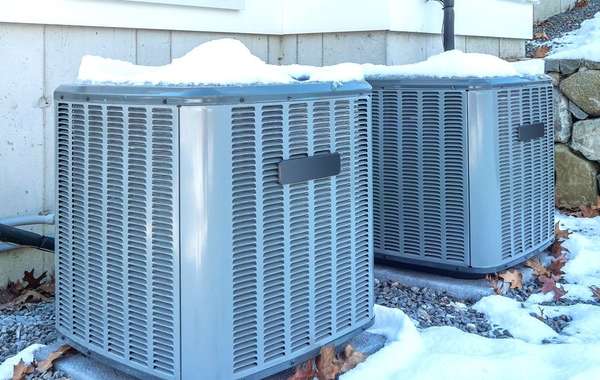
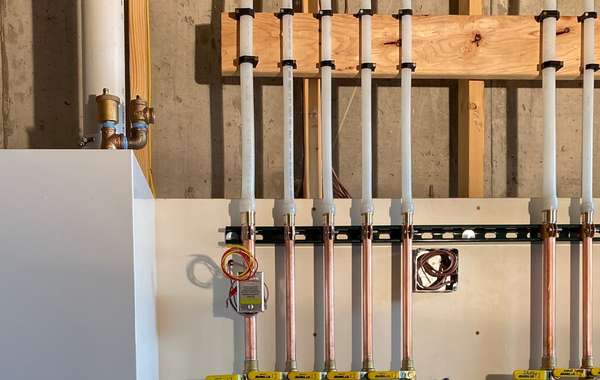
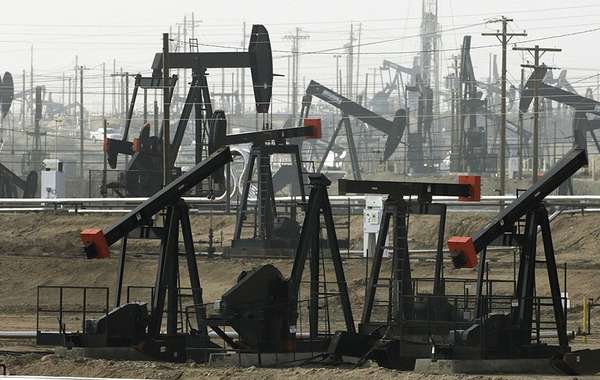
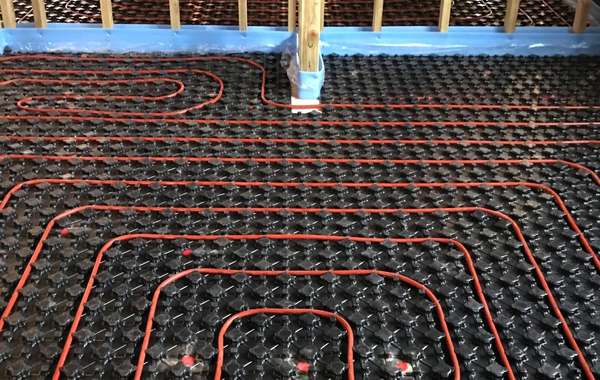
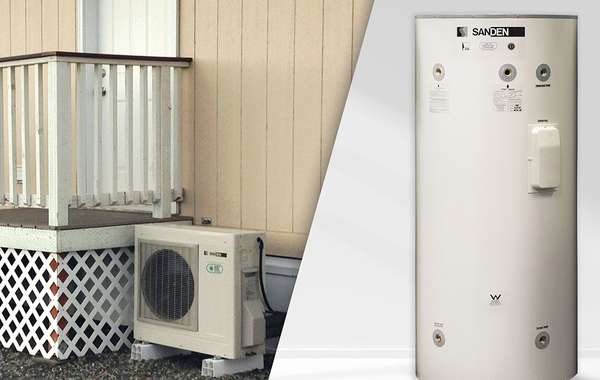
Comments (0)
Sign Up to Comment